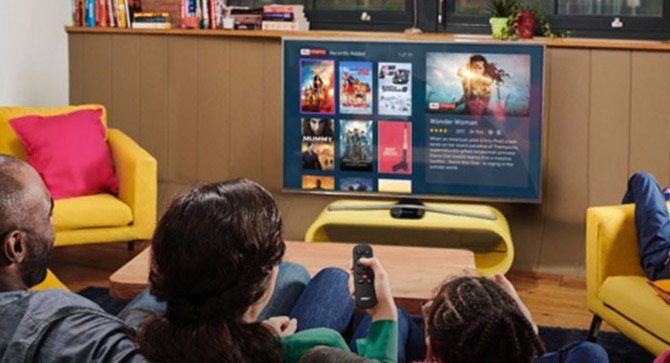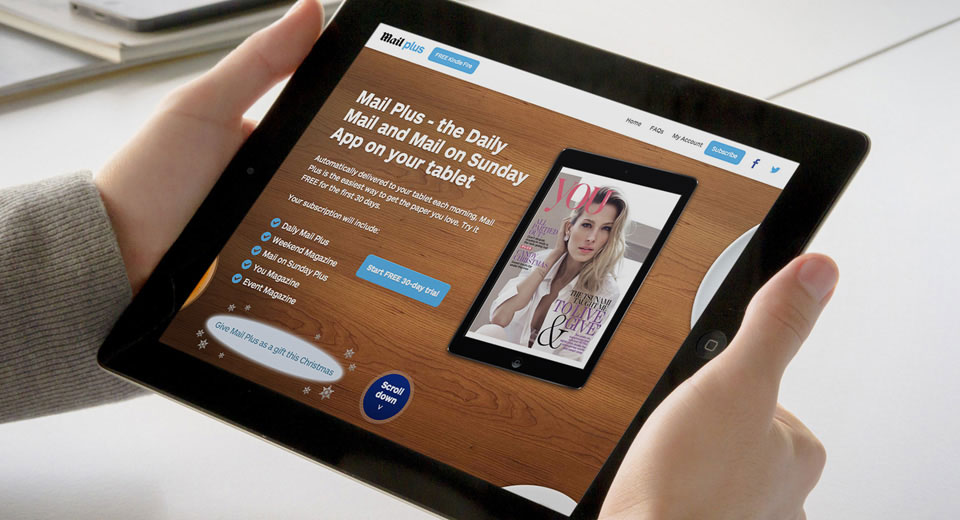What is the Future for Connected TVs?
Connected TVs are all the range these days. Or are they? Sure more and more people are buying Connected TVs and if you include devices such as the Xbox and Playstation in the category – there are lots of households that feature one of these interactive televisions. Often referred to as a smart TV – these Connected TVs can be the future of television – but only if brands, app developers, advertisers and those in the entertainment industry learn how to capitalise on the uniqueness of this technology.
Years ago, the Internet itself was also in a similar unique situation. There were web pages and websites out there – people were creating blogs, some companies were creating websites to promote their services, newspapers and magazines were posting their content online – but it was still slow-going. It took some savvy marketers and brands to realise that there was a giant untouched market of folks sitting in front of computer monitors who were and are willing to download, subscribe to and pay for content.
This understanding of how people react to websites and online marketing was the springboard for app developers and brands when it came to understanding how to benefit from the smartphone and tablet market. More and more brands are hiring app development teams to create mobile magazines, apps that create games that promote their products, and apps that drive users to tap the subscribe button.
This didn’t happen overnight – but it did happen rather quickly. Marketers and savvy boardroom executives realised that if they didn’t act fast to convince consumers why they need to download their apps or subscribe to their news feed – they would lose this audience and it would be hard to get them back on-board.
This brings us to Connected TVs. For some time now, Connected TVs have been the “next big thing”… Marketers, developers and advertisers have been pushing Connected TVs and telling consumers that these smart televisions really will change their viewing experience. But there is something missing from all of this. While people are buying Connected TVs and have enabled-devices such as an Xbox in their living room, they are slow to get truly immersed in the Connected TV experience. Unlike the smartphone and tablet experience where most anyone can tell you how and why their device is cool, useful, and has contributed to solving some problems in their life – the Connected TV is not receiving the same platitudes.
There are a number of theories on why this is the case. One argument is that it is too complicated to set-up the Connected TV. But frankly this argument doesn’t hold water when the same consumers are able to set-up a home WiFi network and understand how to store files in Dropbox. The more dominant and logical argument is that consumers simply don’t see or understand the true value of their Connected TVs.
This rests squarely with the app developers, marketers and brands who are involved with Connected TVs. These innovators need to remember that to consumers, a Connected TV is still very simply still a television. They relate to it just like they did their older television – they want to be guided and directed to what they want to watch and still like to channel surf. Brands and app developers need to act on this and capitalise on this known behaviour and follow through with it. Recent studies have shown that most people who are sitting down to watch television are doing so with a smartphone or tablet in their hands – so they are getting entertainment from two channels at the same time. This is the perfect opportunity for brands to act on this and show consumers how they can connect their Connected TV to the app on their smartphone or tablet.
The other key aspect to traditional television viewing behaviour that ties directly to the social nature of the Internet is how people like to enjoy television. Viewers like to watch television with their friends and family. Think of a Formula 1 race – fans will get together at one house and watch the race together – chatting about the race, eating food and generally sharing the experience together. This is just what Connected TV needs to focus on – the communal and shared nature of television watching. Brands and advertisers have audiences who are already doing something together – so now get them engaged.
The most popular app on Connected TVs is still NetFlix. The second most popular app is YouTube. Aren’t Connected TVs designed to be more than streaming devices for online entertainment? It is actually kind of hard to see how Connected TVs are often called smart TVs with the way brands and advertisers are still off the mark. The success and future of Connected TVs rests squarely with brands, app developers and marketers – they need to remember that just because the technology is available doesn’t mean that people will use it or understand it. It has been easy in recent years to rely on early-adopters and in being “the next big thing” to make a product or device successful – but real sustainability of Connected TVs requires serious attention on behalf of brands, advertisers and app developers.
 us
us 






 Posted by MPP Global on
Posted by MPP Global on


